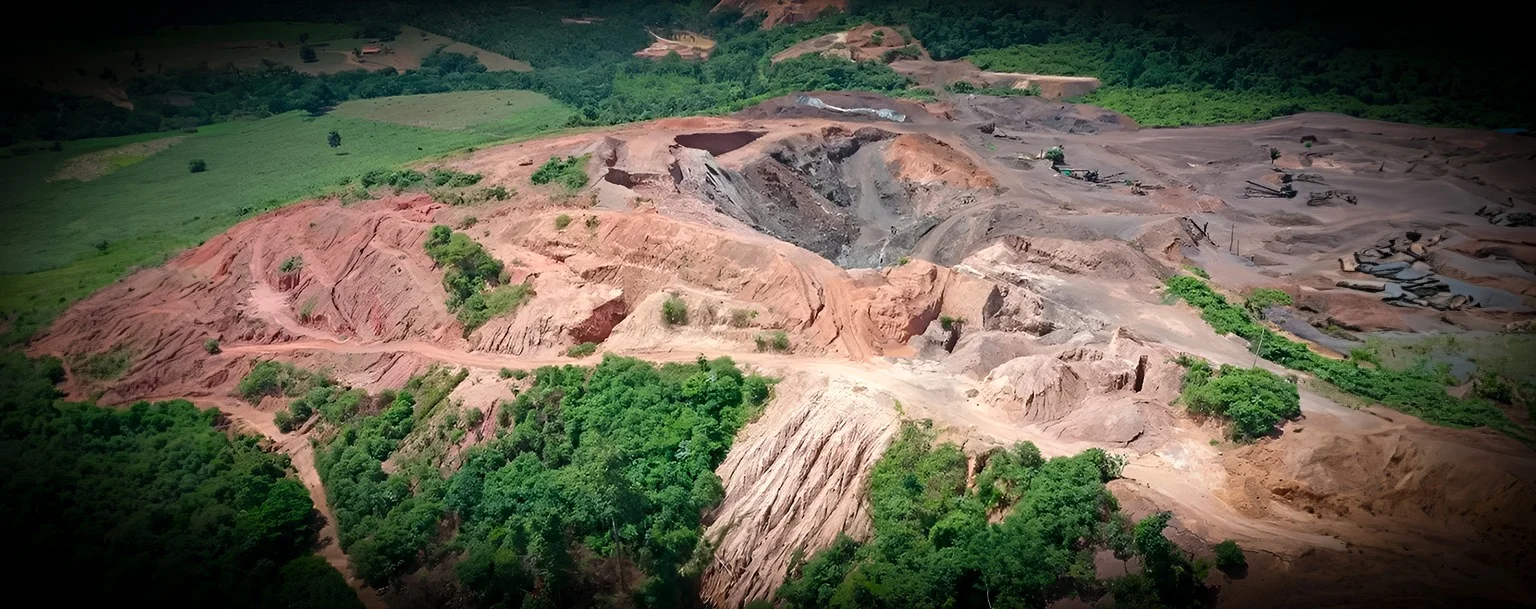Mining areas in Brazilian state are twice the size of Portugal
04 de February de 2025

By Davi Vittorazzi – From Cenarium
CUIABÁ (MT) — The areas used for mining processes in Mato Grosso, as of February this year, cover 21,504,511 hectares, according to data from the Monitoring Bulletin of Pressures and Threats to Indigenous Lands in the Juruena River Basin, produced by the Native Amazon Operation (Opan). This size is more than twice that of Portugal.
The Opan survey is based on information obtained from the National Mining Agency (ANM). Portugal has just over 9.2 million hectares, while the city of São Paulo spans 152 thousand hectares. The area of mining activity in Mato Grosso is double the size of Portugal and 20 times the size of the São Paulo capital.
Regarding Mato Grosso’s size (90.3 million hectares), the percentage used in mining processes represents 23.8% of the state, almost a quarter of its entire territory. The period analysed was from June 2023 to February 2024. The mining process area refers to the total size declared to the ANM by the company carrying out the mining operations.
The study details an increase in the number of mining processes in the state since 2018, when there were 7,526. In 2022, the mining processes reached 11,219, a 49.1% increase compared to 2018. In 2023, the number rose again, reaching 11,778, a 56.5% increase compared to 2018. By February 2024, the number of mining processes had reached 11,859, representing a 57.6% increase from 2018.

According to the report, mining processes have intensified at all stages in Mato Grosso, from the research request to the exploration phase. The main mining titles are Research Authorisation, Mining Concession, Licensing, and the Prospecting Mining Request (RLG).
One of the most important stages is the RLG due to its monitoring and greater flexibility in implementation. The request allows the extraction of minerals without the need for an Environmental Impact Study and Environmental Impact Report (EIA/Rima), making the environmental licensing process easier. Another factor is that the RLG can be carried out by individuals, legal entities, or associations.
“Updated data on RLGs indicates a growing trend in mineral exploration. According to OPAN’s 2021 report, there were 1,879 mining processes classified as RLGs in the state that year. However, this number has seen a significant increase, reaching 2,319 processes by February 2024. This represents a 23% increase in the number of RLG processes over the last three years“, says the report.
The minerals targeted by the mining processes in Mato Grosso are: gold, covering 52% of the mining area, amounting to over 11 million hectares; copper, accounting for 23% of the area; and diamonds, manganese, and lead, each taking third place with 3% each.

